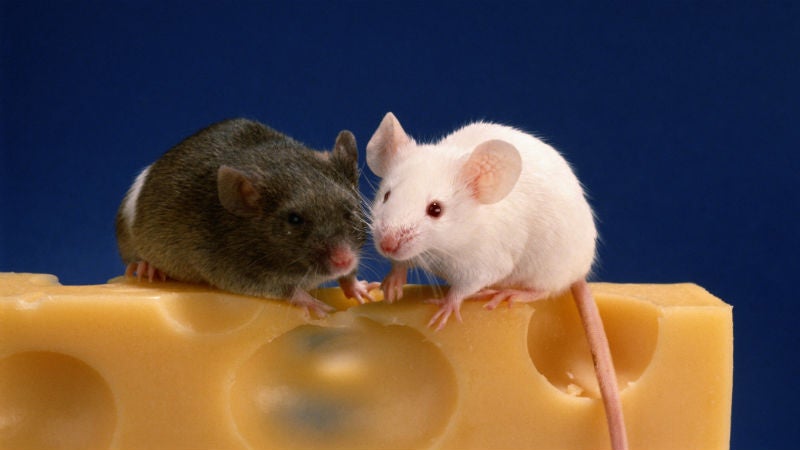New research shows that rejuvenates their brains and muscles and reverses some signs of aging. The older mice, once sluggish, were found to navigate mazes faster and run longer on treadmills once the younger blood containing the protein GDF11 was added to their bodies.
Scientists first made these findings by conjoining two mice—one young, one old—and studying the changes in muscle tissue and neuron production for four weeks following. Later, when old mice were injected with GDF11, they easily outperformed their control group. The reports:
“The studies started with a Frankenstein-like setup called parabiosis. Small flaps of skin from the sides of two genetically identical mice are cut and sewn together. As the wounds heal, their tissue begins to fuse. The mice, now conjoined, share a single blood supply. Pairing old and young mice, or heterochronic parabiosis, has become an unexpectedly insightful tool for age research.”
But will this translate well to humans? Could a simple blood transfusion be the fountain of youth for aging people?
Scientists predict that they will need years of additional research before attempting any human experiments. Though humans get blood transfusions all the time, donors are anonymous, so there has been no tracking of effects of donor age.
Let’s hope no humans will consider conjoining with younger people anytime soon.


